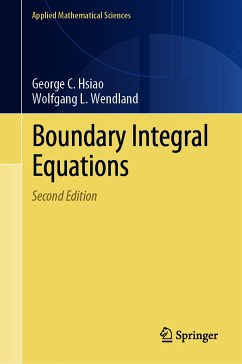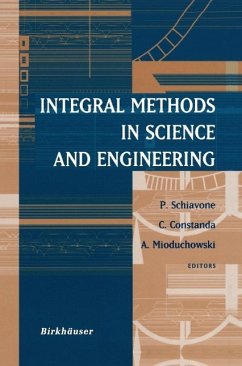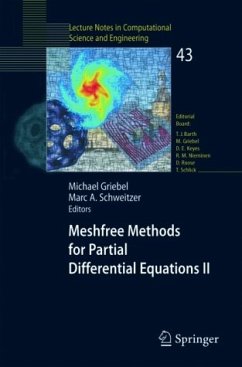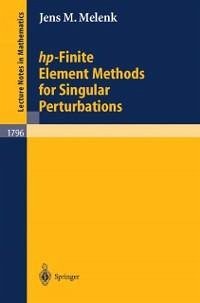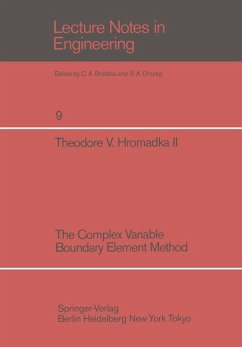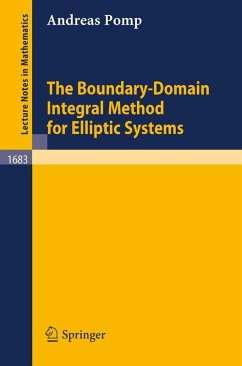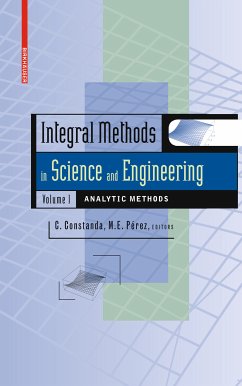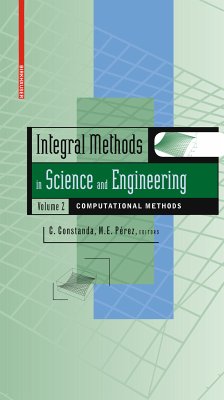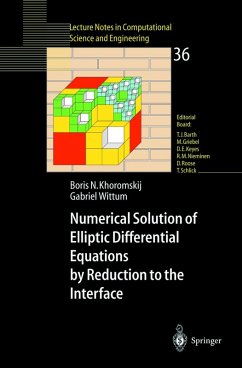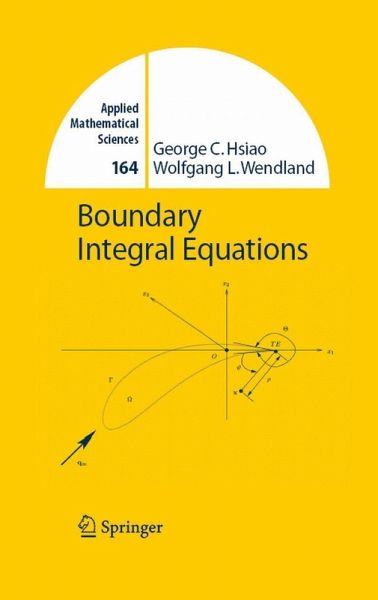
Boundary Integral Equations (eBook, PDF)
Versandkostenfrei!
Sofort per Download lieferbar
72,95 €
inkl. MwSt.
Weitere Ausgaben:

PAYBACK Punkte
36 °P sammeln!
This book is devoted to the mathematical foundation of boundary integral equations. The combination of ?nite element analysis on the boundary with these equations has led to very e?cient computational tools, the boundary element methods (see e.g., the authors [139] and Schanz and Steinbach (eds.) [267]). Although we do not deal with the boundary element discretizations in this book, the material presented here gives the mathematical foundation of these methods. In order to avoid over generalization we have con?ned ourselves to the treatment of elliptic boundary value problems. The central idea...
This book is devoted to the mathematical foundation of boundary integral equations. The combination of ?nite element analysis on the boundary with these equations has led to very e?cient computational tools, the boundary element methods (see e.g., the authors [139] and Schanz and Steinbach (eds.) [267]). Although we do not deal with the boundary element discretizations in this book, the material presented here gives the mathematical foundation of these methods. In order to avoid over generalization we have con?ned ourselves to the treatment of elliptic boundary value problems. The central idea of eliminating the ?eld equations in the domain and - ducing boundary value problems to equivalent equations only on the bou- ary requires the knowledge of corresponding fundamental solutions, and this idea has a long history dating back to the work of Green [107] and Gauss [95, 96]. Today the resulting boundary integral equations still serve as a major tool for the analysis and construction of solutions to boundary value problems.
Dieser Download kann aus rechtlichen Gründen nur mit Rechnungsadresse in A, B, BG, CY, CZ, D, DK, EW, E, FIN, F, GR, HR, H, IRL, I, LT, L, LR, M, NL, PL, P, R, S, SLO, SK ausgeliefert werden.




